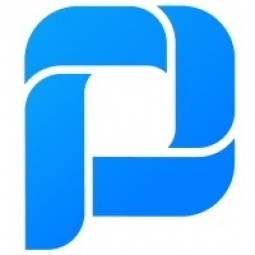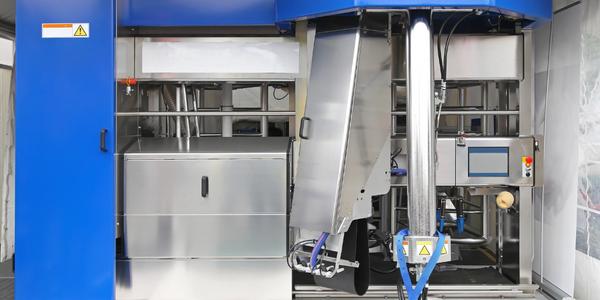Customer Company Size
Large Corporate
Region
- America
- Asia
Country
- China
- United States
Product
- ProcessMaker Workflow and BPM
Tech Stack
- Cloud Computing
Implementation Scale
- Enterprise-wide Deployment
Impact Metrics
- Customer Satisfaction
- Productivity Improvements
Technology Category
- Platform as a Service (PaaS) - Connectivity Platforms
Applicable Functions
- Business Operation
Use Cases
- Process Control & Optimization
Services
- System Integration
About The Customer
Lenovo is a $21 billion personal technology company and the world’s second-largest PC vendor. It is listed in the Global Fortune 500 and has more than 26,000 employees based across the world, serving customers in more than 160 countries. Lenovo has headquarters in Beijing, China and Morrisville, North Carolina, U.S.; major research centers in Japan (Yokohama), China (Beijing, Shanghai and Shenzhen), and the U.S. (Morrisville); and manufacturing plants around the world, from North Carolina and Mexico to India, China and Brazil.
The Challenge
Lenovo, a global technology company, was facing challenges in its customer fulfillment department. The department was relying on unstructured email communication, which was inefficient and led to unnecessary correspondence. The company also recognized the need for inter-department collaboration within a cloud environment to further streamline communication. With over 26,000 employees serving customers in more than 160 countries, the company needed a Business Process Management (BPM) solution to address these pain points.
The Solution
Lenovo implemented the ProcessMaker workflow and Business Process Management (BPM) solution in three phases. In the first phase, ProcessMaker was tested with a small department of 16 users working with nine processes. The aim was to discover if ProcessMaker could solve the email communication pain point. In the second phase, ProcessMaker was deployed into a second department with a user base of 25 users and 16 processes, including a Lean Six Sigma project. The final phase involved rolling out the application to a user base of 90+ users, across 20 processes. One of the biggest achievements in this phase was to reduce one internal process from six days to two days in length. The last step of this phase was to transition the Lenovo solution to the cloud.
Operational Impact
Quantitative Benefit

Case Study missing?
Start adding your own!
Register with your work email and create a new case study profile for your business.
Related Case Studies.

Case Study
System 800xA at Indian Cement Plants
Chettinad Cement recognized that further efficiencies could be achieved in its cement manufacturing process. It looked to investing in comprehensive operational and control technologies to manage and derive productivity and energy efficiency gains from the assets on Line 2, their second plant in India.

Case Study
Airbus Soars with Wearable Technology
Building an Airbus aircraft involves complex manufacturing processes consisting of thousands of moving parts. Speed and accuracy are critical to business and competitive advantage. Improvements in both would have high impact on Airbus’ bottom line. Airbus wanted to help operators reduce the complexity of assembling cabin seats and decrease the time required to complete this task.

Case Study
Improving Production Line Efficiency with Ethernet Micro RTU Controller
Moxa was asked to provide a connectivity solution for one of the world's leading cosmetics companies. This multinational corporation, with retail presence in 130 countries, 23 global braches, and over 66,000 employees, sought to improve the efficiency of their production process by migrating from manual monitoring to an automatic productivity monitoring system. The production line was being monitored by ABB Real-TPI, a factory information system that offers data collection and analysis to improve plant efficiency. Due to software limitations, the customer needed an OPC server and a corresponding I/O solution to collect data from additional sensor devices for the Real-TPI system. The goal is to enable the factory information system to more thoroughly collect data from every corner of the production line. This will improve its ability to measure Overall Equipment Effectiveness (OEE) and translate into increased production efficiencies. System Requirements • Instant status updates while still consuming minimal bandwidth to relieve strain on limited factory networks • Interoperable with ABB Real-TPI • Small form factor appropriate for deployment where space is scarce • Remote software management and configuration to simplify operations

Case Study
Developing Smart Tools for the Airbus Factory
Manufacturing and assembly of aircraft, which involves tens of thousands of steps that must be followed by the operators, and a single mistake in the process could cost hundreds of thousands of dollars to fix, makes the room for error very small.









